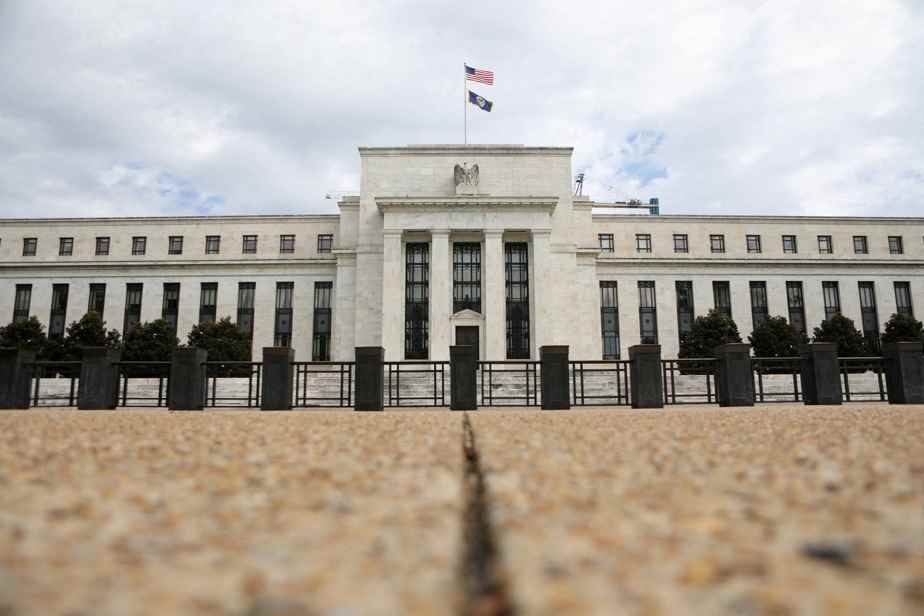(Washington) The US central bank (Fed) on Wednesday raised its rates to their highest level in nearly 15 years, and thinks to continue to raise them, but could slow the pace, to curb high inflation as recession threatens.
Updated yesterday at 5:55 p.m.
The Fed, as expected, raised its key rate by 0.75 percentage point, now between 3.75 and 4.00%. This is its highest level since January 2008.
Officials of the institution, moreover, say they anticipate “that further rate hikes will be appropriate”, according to a press release issued after two days of meetings.
During his press conference, Federal Reserve Chairman Jerome Powell warned that it would take “time” before interest rate hikes slow inflation and that it would probably come with a slowdown economy.
He acknowledged that the Monetary Committee (FOMC) was open “to moderating its rate hikes at the next meeting” in December, but he also quickly added that it was “very premature” to consider “a pause” in rate hikes. rate.
The New York Stock Exchange showed signs of nervousness as it listened to Jerome Powell before ending the day down sharply, scalded by the firm message after believing in a sign of deceleration in monetary tightening.
” Transition ”
With less than a week to go before the midterm elections, in which President Joe Biden risks losing his slim Democratic majority in Congress, inflation is now the main concern of American households.
The Democrats, who had focused their campaign on the right to abortion, when the Republicans played the card of the fight against inflation, are now trying to put forward their economic program in favor of the middle classes.
White House spokeswoman Karine Jean-Pierre assured that “Fed actions are helping to control inflation”, and are “part of our transition to stable and steady growth with low inflation”. .
In their decision voted unanimously, the members of the Monetary Committee indicate that the pace of the next rate hikes will take into account the effects on the economy of the increases already made since March. This was interpreted as a signal that the upcoming increases could be less strong.
It takes months for these Fed decisions to have an effect on the economy.
Inflation was still in September at 6.2% over one year, close to its highest levels in more than 40 years, according to the PCE index favored by the Fed, whose objective is to bring it down to 2%.
Another measure, the CPI index showed an 8.2% year-on-year price increase in September.
Wednesday’s policy rate hike is the sixth in a row since March, when it was between 0.00 and 0.25 percent, at its lowest, to boost consumption during the COVID-19 crisis. 19.
The Fed had started with the usual increase of 0.25 points, before accelerating to 0.50, and finally, four times now, to 0.75 points.
Credibility
But another danger threatens, since this voluntary slowdown in activity risks plunging the American economy into recession in 2023.
“I don’t think anyone knows if there will be a recession or not and if it happens, if it will be significant,” Mr. Powell said.
The AFL-CIO union was alarmed by this new increase in the cost of money, believing that it “would have a direct and harmful impact on workers and families”.
Jerome Powell had warned, at the end of the last meeting, in September, that there was no “painless way” to fight inflation durably.
Meanwhile, the United States recorded a quarter of growth between July and September, with +2.6% GDP growth at an annualized rate.
As for the employment market, it still displays iron health. The official figures for October will be released on Friday, but we already know that private employers created 239,000 jobs in October, much more than in September, and much more than expected, according to figures released Wednesday.
The credibility of the powerful institution is at stake because, after ensuring for months that high inflation would only be temporary, it has so far failed to slow it down.
